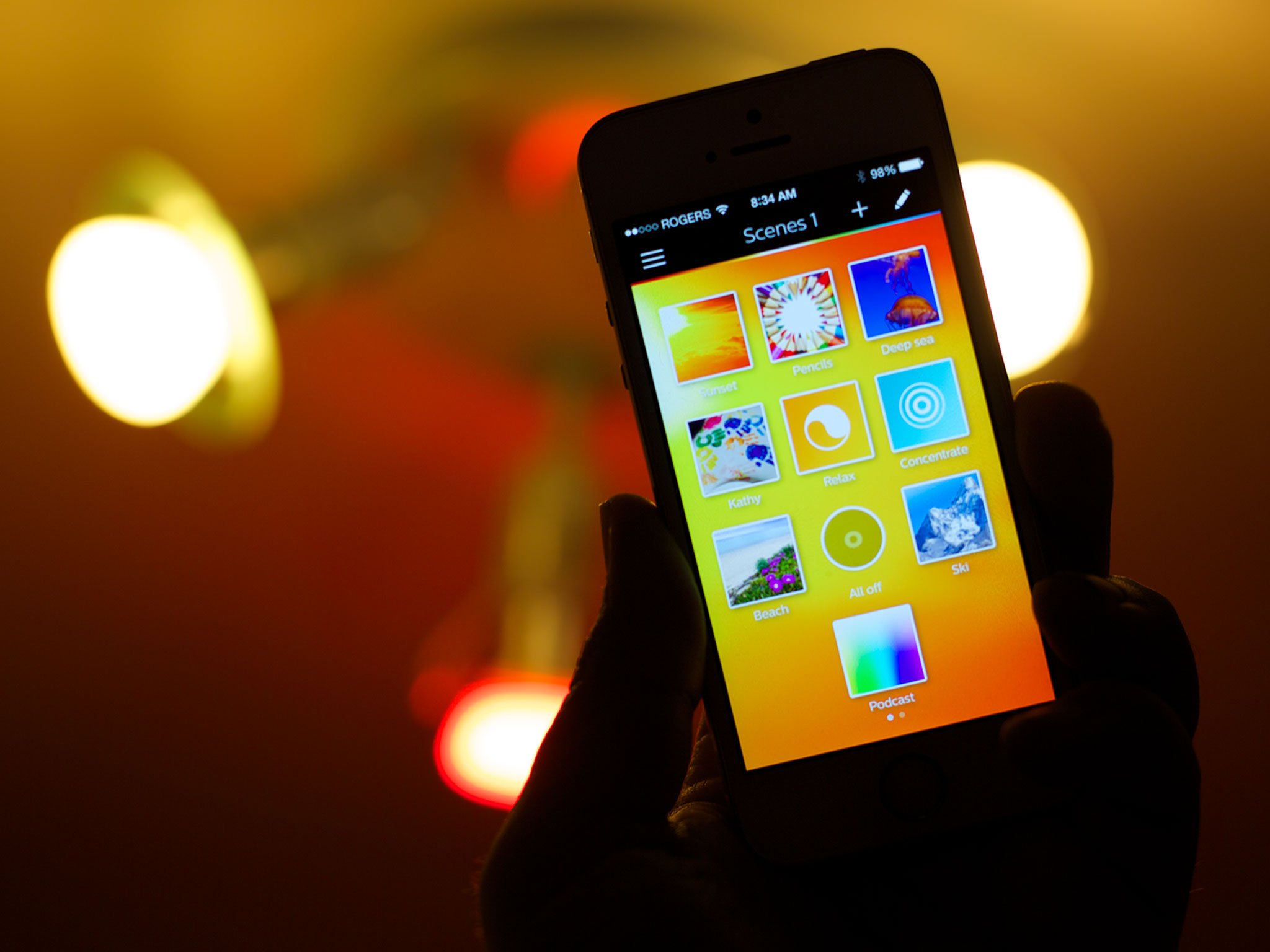If Apple announces a new change-the-world technology and 11 months later nobody's using it, did the announcement actually happen?
About a year ago, Apple unveiled HomeKit, its take on home automation, and announced that the framework would ship in the fall with iOS 8. Which it apparently did. And then... nothing happened.
Truthfully, we heard hardly anything about HomeKit until this past January at CES, where a bunch of companies showed off HomeKit-enabled devices, coming "this spring" or "soon." It's been four months since, and spring is almost over.
But the fever is, fortunately, about to break: HomeKit has pulled off its blankets and is about to rise from its nap. Last week, Apple told the Wall Street journal that the first HomeKit devices will appear in June, a year after the original announcement.
So what took this so long?
Where are you, HomeKit?
HomeKit was announced with fanfare at last year's Apple Worldwide Developer Conference as Apple's entry into the exciting new world of home automation. HomeKit promised to connect iOS and Siri with third-party devices in our homes, as stated in Apple's press release:
HomeKit lets your home accessories connect seamlessly to better manage your home. HomeKit delivers a common protocol, secure pairing and the ability to easily control individual or groups of devices throughout the house including integration with Siri®. For example, you can tell Siri you are "going to bed" and it could dim the lights, lock your doors, close the garage door and set the thermostat.
"We are excited to be part of the next step in making home automation a reality, in a safe and integrated way," said Eric Rondolat, CEO, Philips Lighting. "HomeKit will allow us to further enhance the Philips Hue lighting experience by making it simpler to securely pair devices throughout the house and control them using Siri."
Sounds simple enough. But when you take into account the underlying technologies, there are a lot of reasons for HomeKit's surprisingly sluggish roll-out. Just as those CES "coming soon" announcements were appearing, so too was Re/code's report that HomeKit chips made by Broadcom were delayed. In addition, all HomeKit-compatible devices are required to be a part of Apple's MFi licensing program, which trades licensing and certification for an unknown amount of money per third-party device sold.
The competition
Elsewhere, there are a bunch of other emerging home-automation approaches, including Z-Wave, Belkin's WeMo, and Google's Thread, the last of which is kind of like another standard called Zigbee... Sigh. None of these have yet made any significant headway, but they're all cranking — and at some point this mess is going to start clearing up.
However, the threat of a standards war seems to be lurking in the distance. I own a Nest thermostat, and Nest is owned by Google. Is Google going to pay Apple a royalty for every Nest sold? That seems unlikely. But you know, I'm not looking forward to a world where my chosen smartphone platform has to inform every buying decision I make about light bulbs, smart thermostats, and other smart-home products.
In theory, companies could build bridges to connect devices that use different home-automation standards, but Apple seems to have put the kibosh on that approach. According to 9to5 Mac, home-automation products that use Wi-Fi must license HomeKit (and presumably pay Apple a fee), or they won't be allowed to connect to HomeKit even via a bridge.
The real hat trick of home automation: voice control
Why might manufacturers buy into HomeKit? One word: Siri. After spending a few days visiting a friend with an Amazon Echo connected to a single Belkin WeMo switch, I've come to realize that Siri is truly the potential star of HomeKit. I was able to switch a light on and off with just my voice, using the Echo. It was really, undeniably cool.
Apple has generally kept Siri locked down. Third-party apps still can't hook into the voice assistant, and if Apple doesn't provide Siri a particular information source or a certain kind of integration, that's it. But with HomeKit, Siri gets an outlet to your real world — and that's exciting. The idea that we can use Siri to control stuff in our homes, to integrate our lights and garage-door openers and whatever else into Apple's world, that has power. That's the promise of HomeKit.
The 2015 do-over
Either way, it looks like we're finally going to see the promise or the pain of HomeKit and its unifying devices, now that compatible hardware is on the horizon for June. And of course, there's a not-so-little event also happening in June: Apple's Worldwide Developer Conference, an opportunity to kick HomeKit into gear at last. This week, 9to5Mac's Mark Gurman reported that iOS 9 will include a Home app to help manage all those forthcoming accessories.
It's strange to see such a prominent Apple announcement lead to so little for so long, but perhaps last June's pre-announcement was what was required to crank the home-automation hardware ecosystem into gear. (You might say the same thing about CarPlay, too — another announcement in a slow-moving industry that needs time to get some momentum.)
Maybe the inclusion of HomeKit in iOS 8 was more useful as a starting pistol for Apple's home-automation initiatives, rather than being a product unto itself. And after a year of waiting, it seems as though hardware is about to arrive, while Apple seems primed to give HomeKit another boost with some prominent stage time.
I look forward to hearing what Apple has to say about it at WWDC. Second time's the charm?
Marisa Miller
Cat Power
Moon Bloodgood

No comments:
Post a Comment